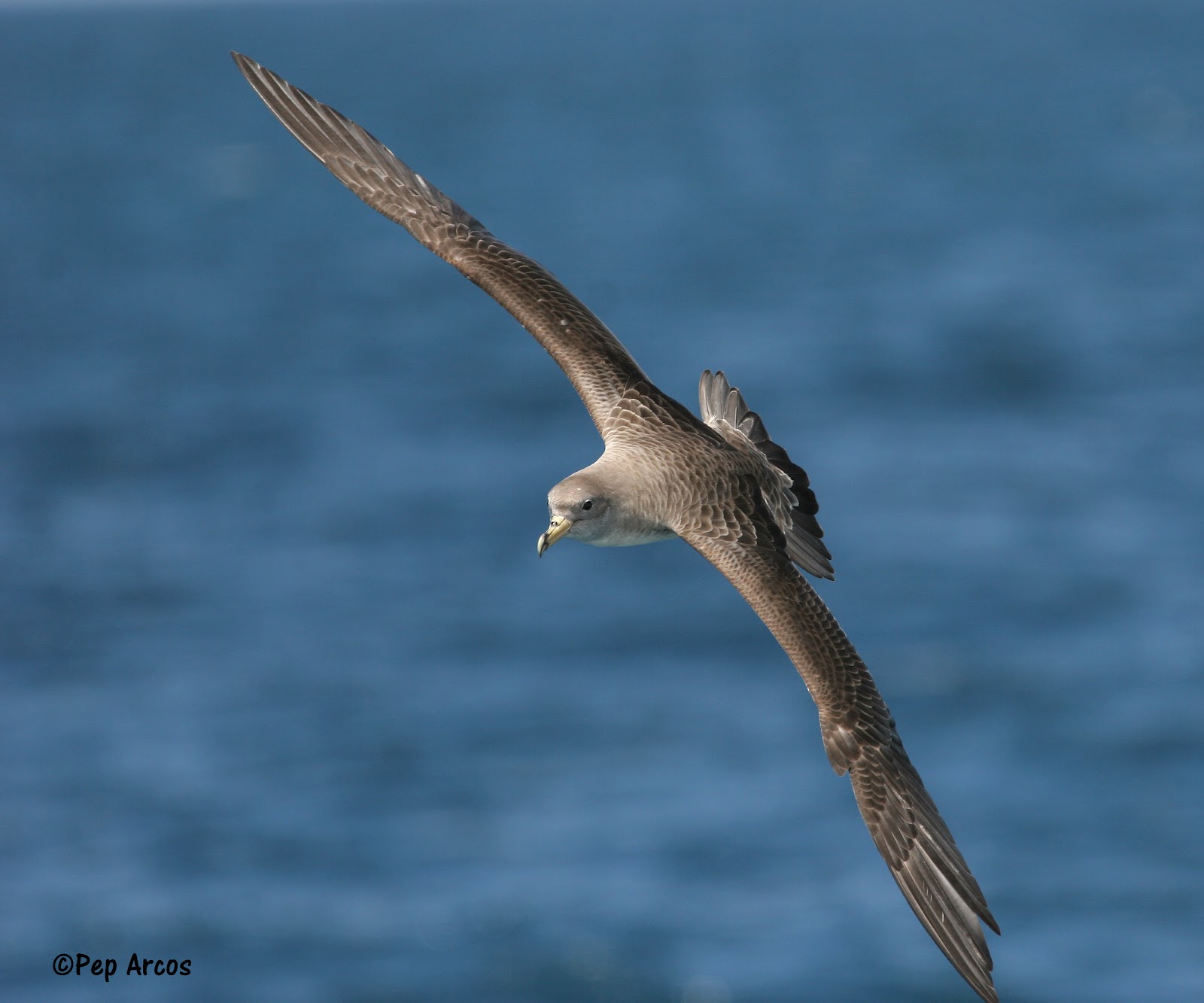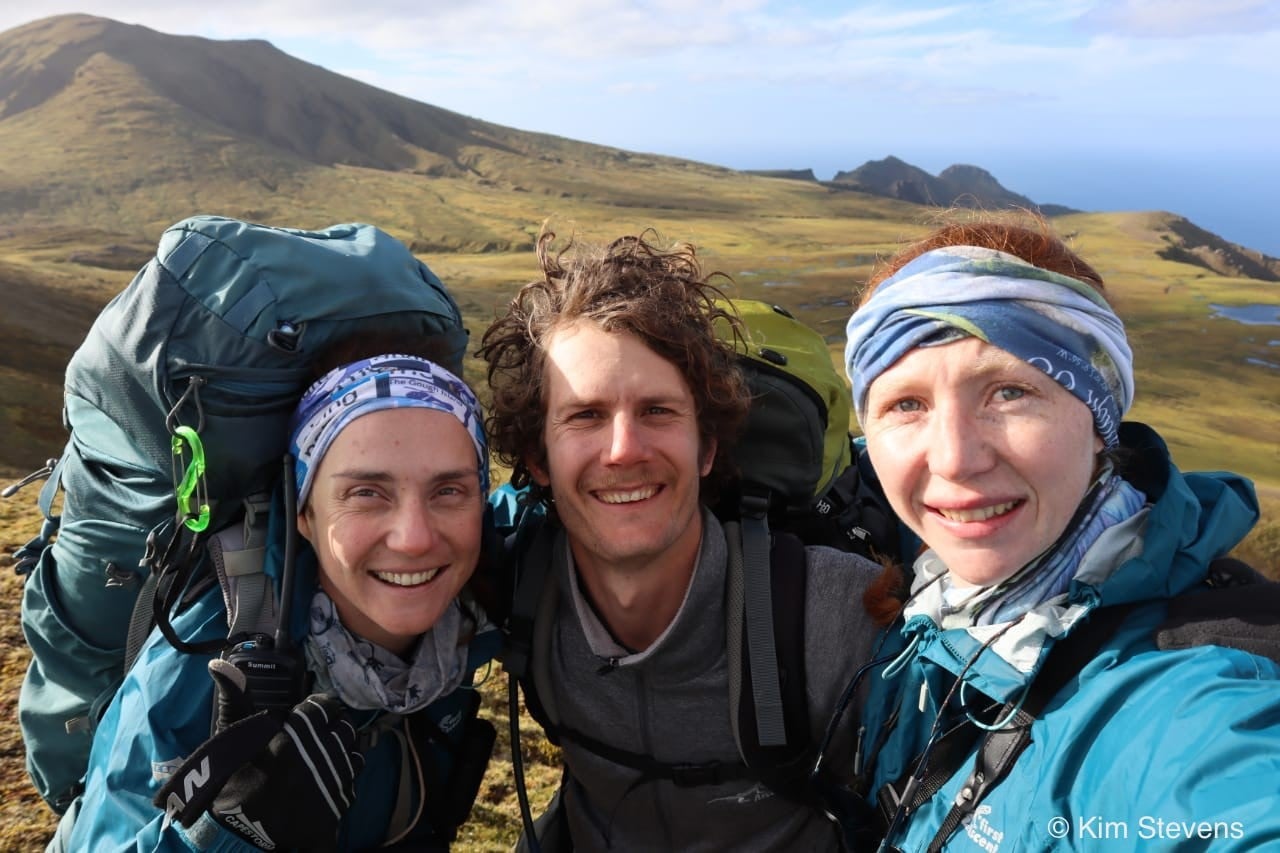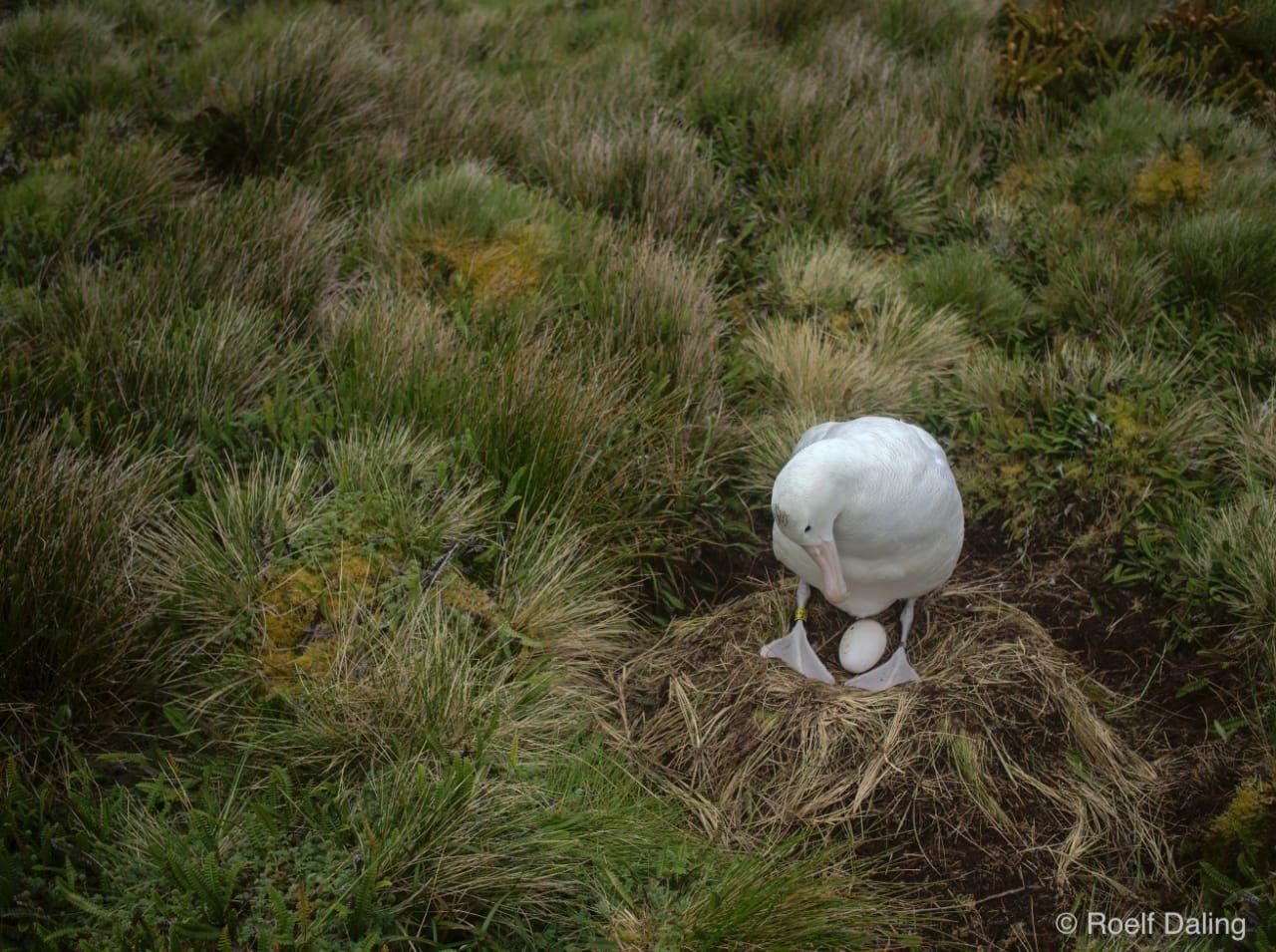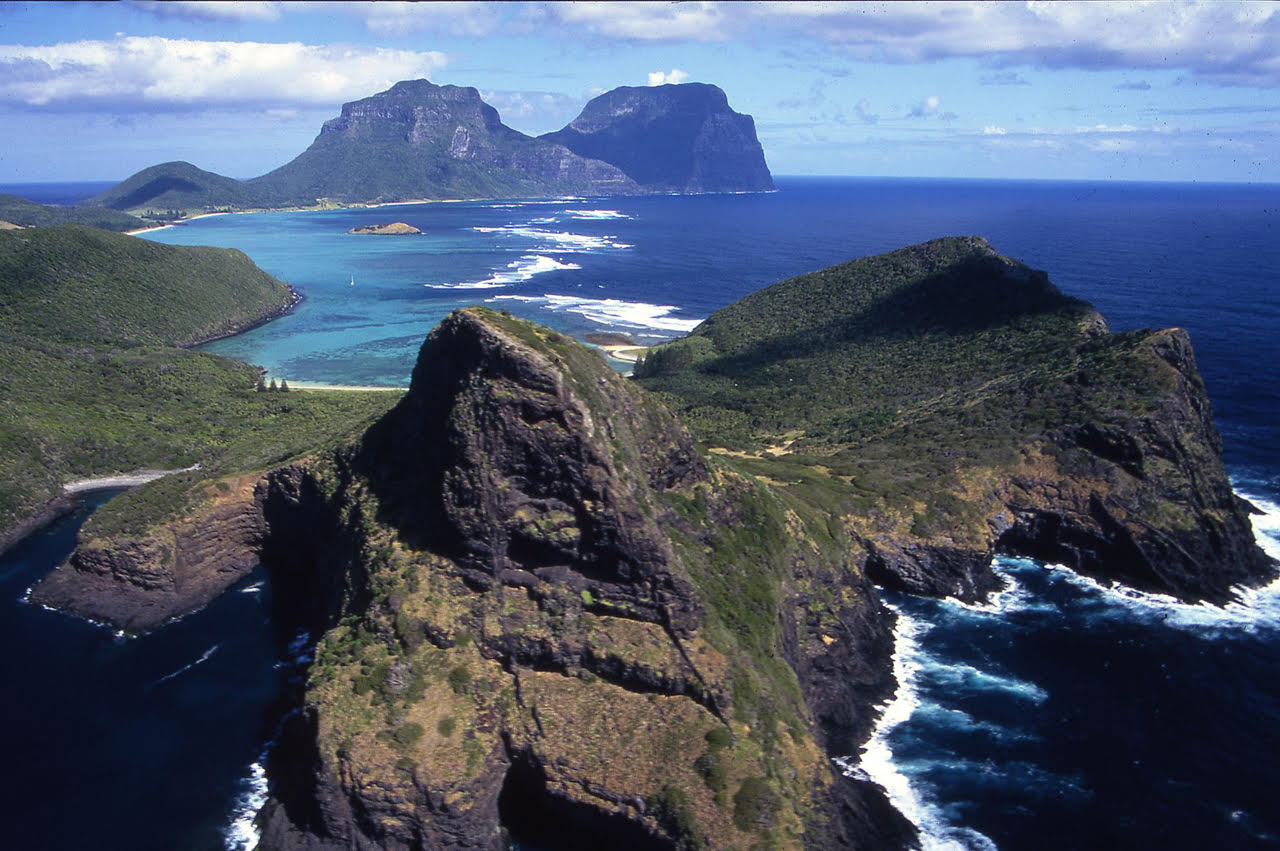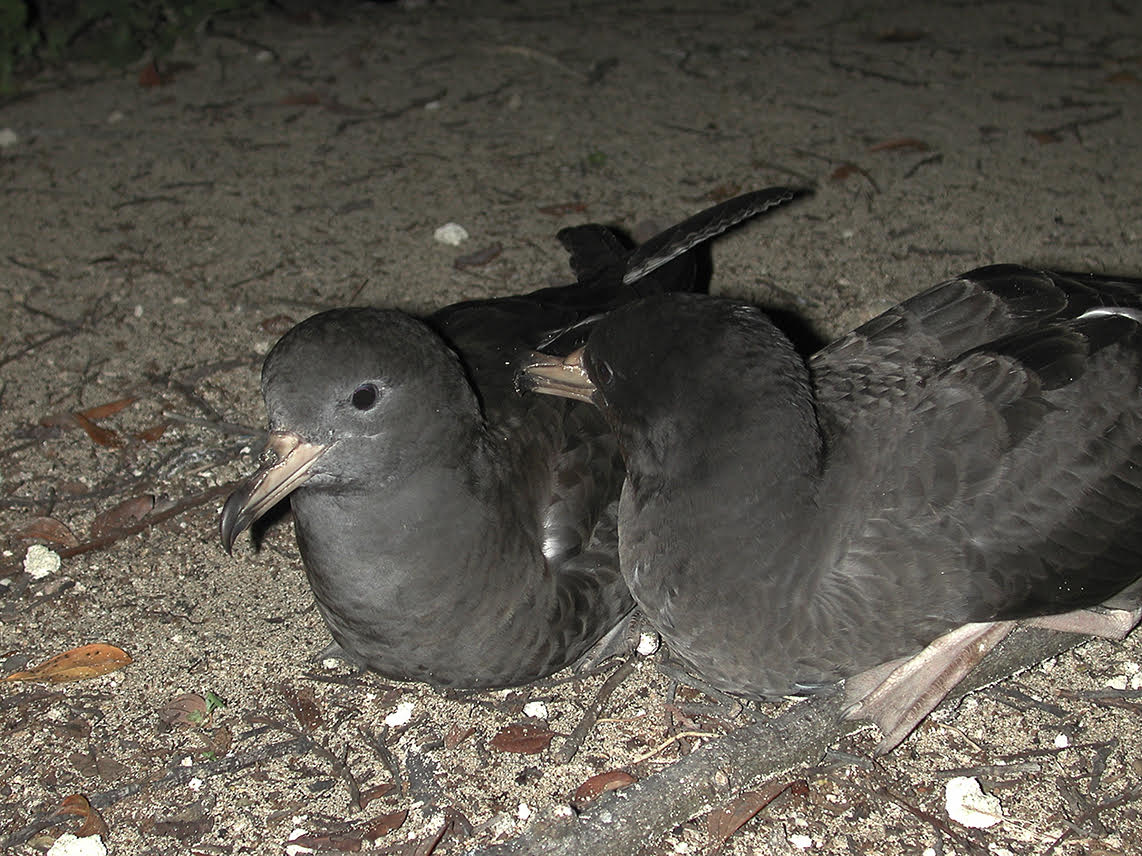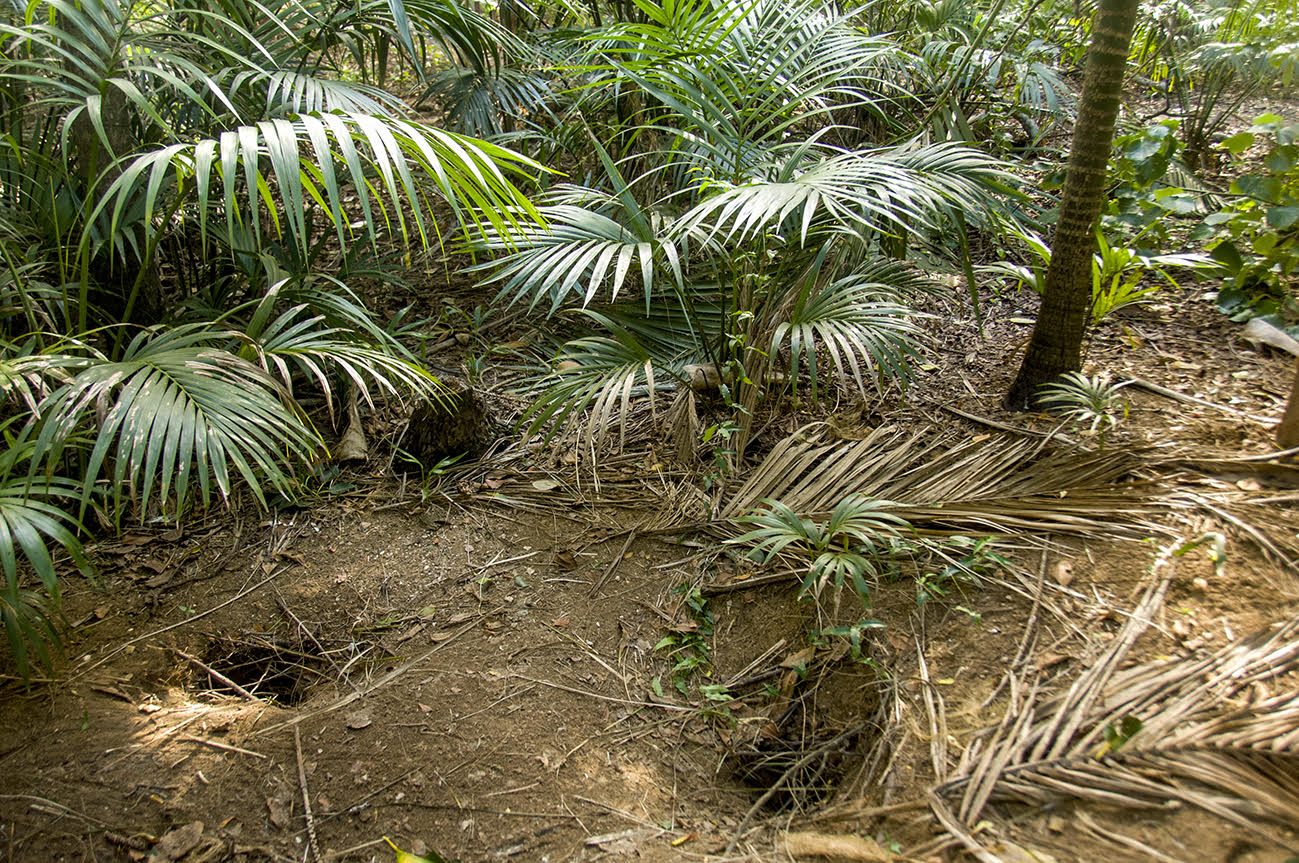
Why is the Tristan Albatross Critically Endangered? An infographic for World Albatross Day 2021
Infographics depicting the conservation threats faced by the Critically Endangered Tristan Diomedea dabbenena and Waved Phoebastria irrorata Albatrosses have been produced to support this year’s World Albatross Day on 19 June and its chosen theme “Ensuring Albatross-friendly Fisheries”. The ACAP Species Infographics have been designed to help inform the general public, including school learners. They serve to complement the detailed and referenced ACAP Species Assessments and to accompany the more concise ACAP Species Summaries.
The infographic for the Critically Endangered Waved Albatross
The English version of the two infographics, and Portuguese language version of the Tristan Albatross infographic are available to download here, whilst French and Spanish versions can be found in their respective language menus of the website under, Infographies sur les espèces and Infographía sobres las especies. The infographics may be freely downloaded at a high resolution to allow for their printing and display as posters. They also appear in the ACAP Species Summaries gallery. Please note they are only being made available for personal use or when engaging in activities that will aid in drawing attention to the conservation crisis faced by the world’s albatrosses and petrels – when ACAP will be pleased to receive a mention. It is envisaged further infographics will be produced as new featured species are chosen to support future World Albatross Days.

Infographic illustrator, Namasri ‘Namo’ Niumim at her worktable
The two infographics have been created by Thai illustrator Namasri ‘Namo’ Niumim from Bangkok, who is currently based in Wellington, New Zealand. Namo, who works in gouache, is a graduate of the School of Architecture and Design at the King Mongkut’s University of Technology Thonburi with a Bachelor of Fine Arts in Communication Design. She used preliminary concept designs and texts by World Albatross Day Group member, Michelle Risi, along with photographs supplied by ACAP supporters to guide her work.
With thanks to Jonathon Barrington, Kate Huyvaert, Gustavo Jimenez, Namasri Niumim, Stephanie Prince and Michelle Risi for their inputs to the infographics.
John Cooper, ACAP Information Officer, 18 February 2021

 English
English  Français
Français  Español
Español 
